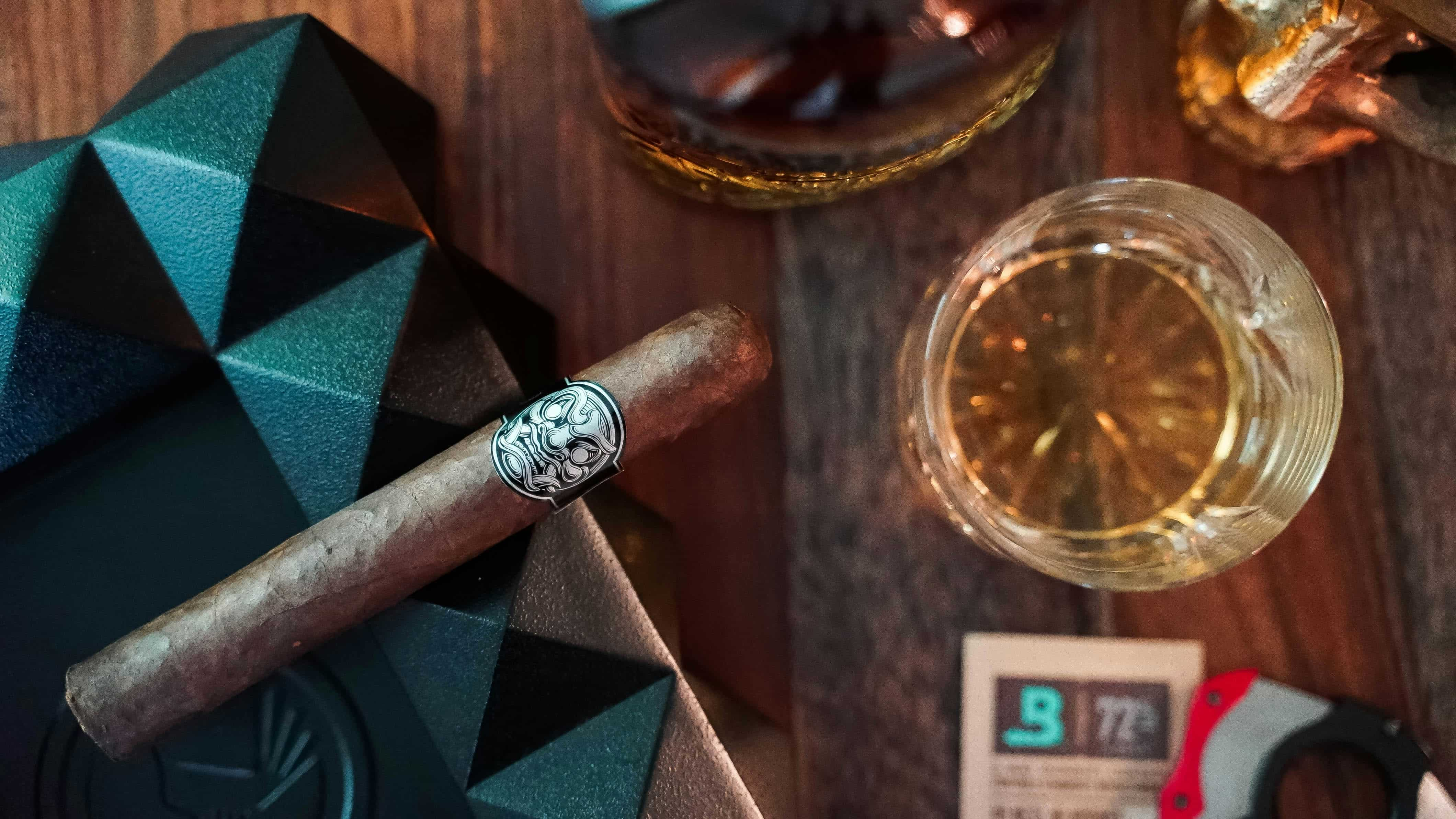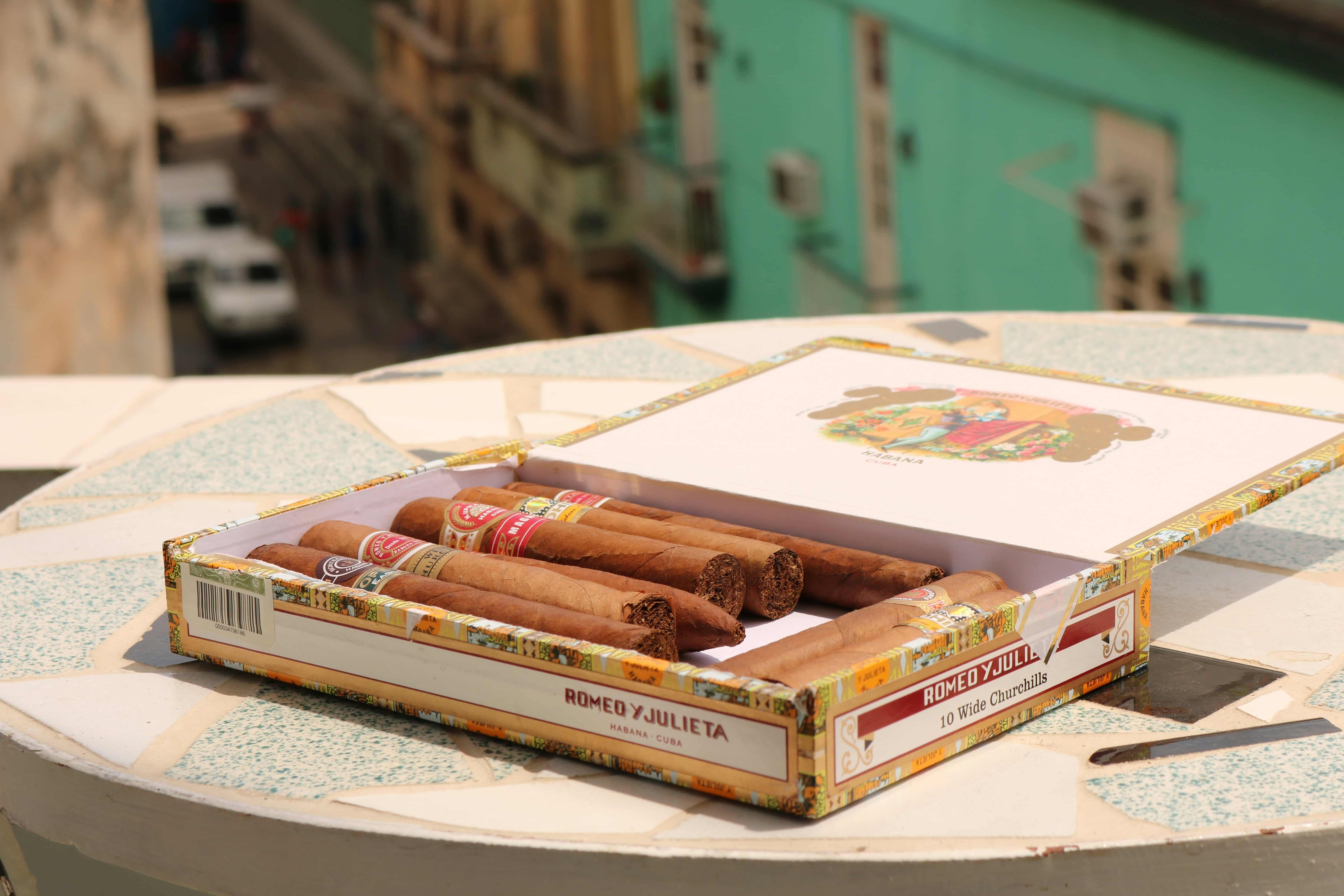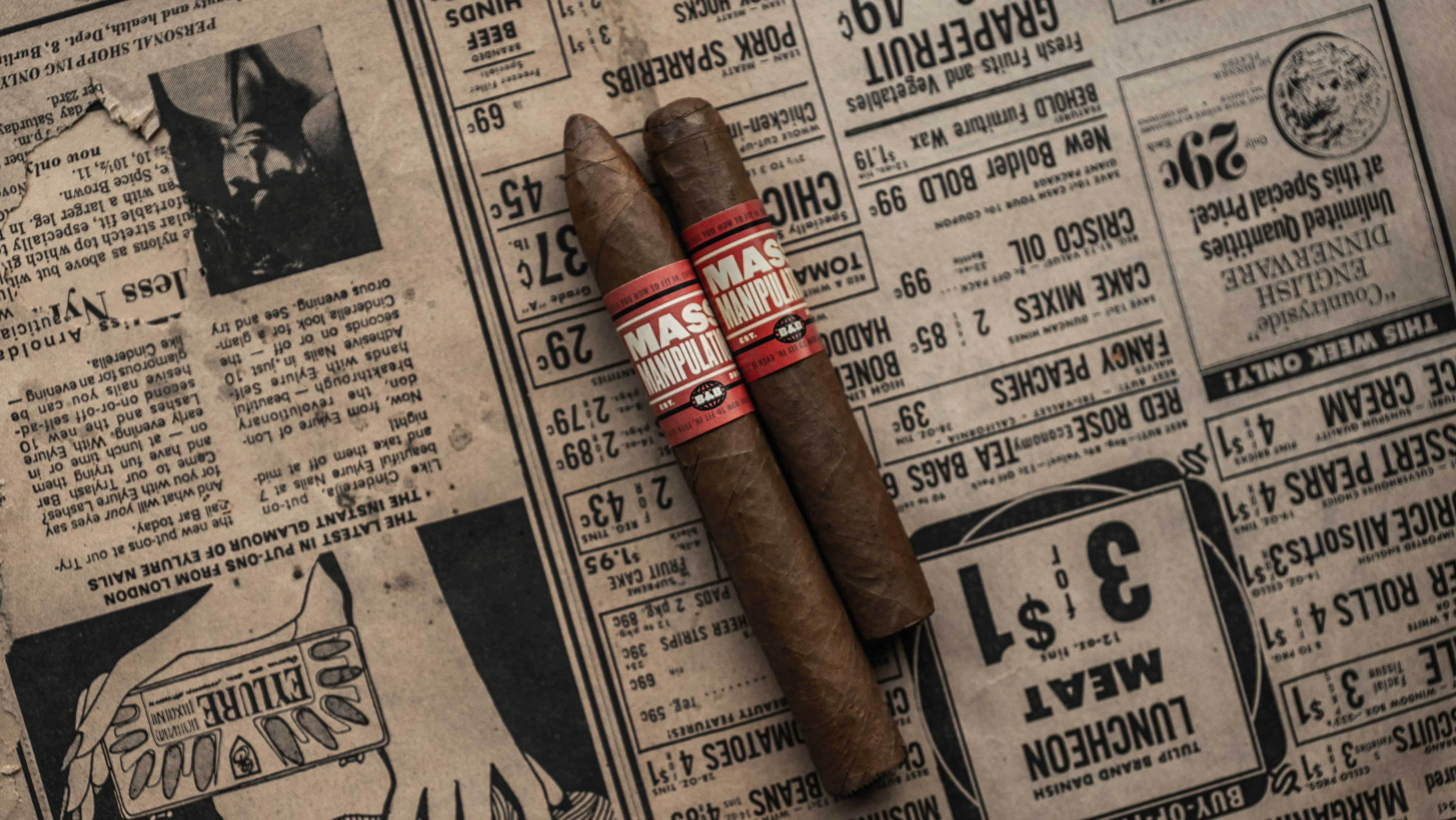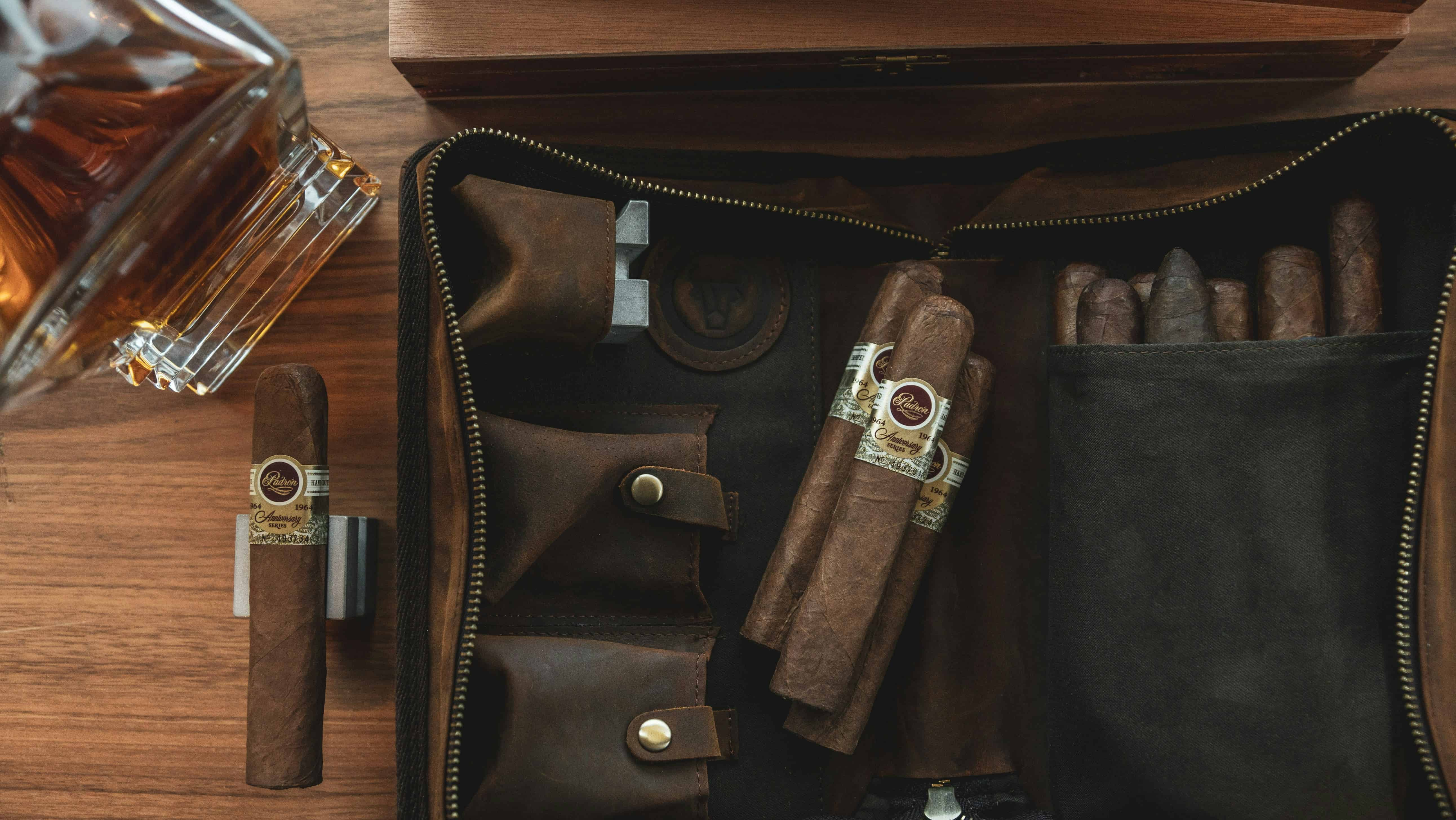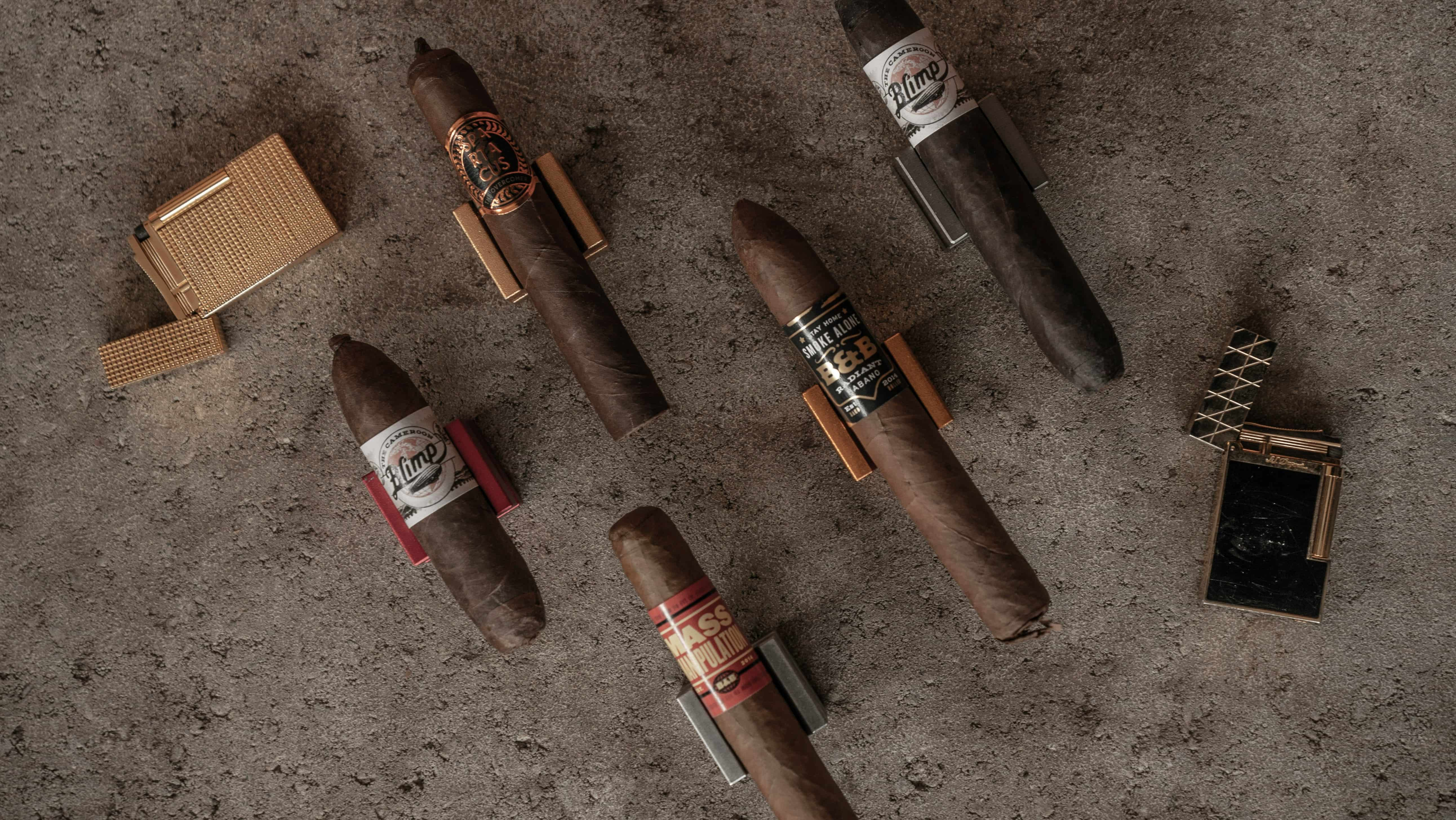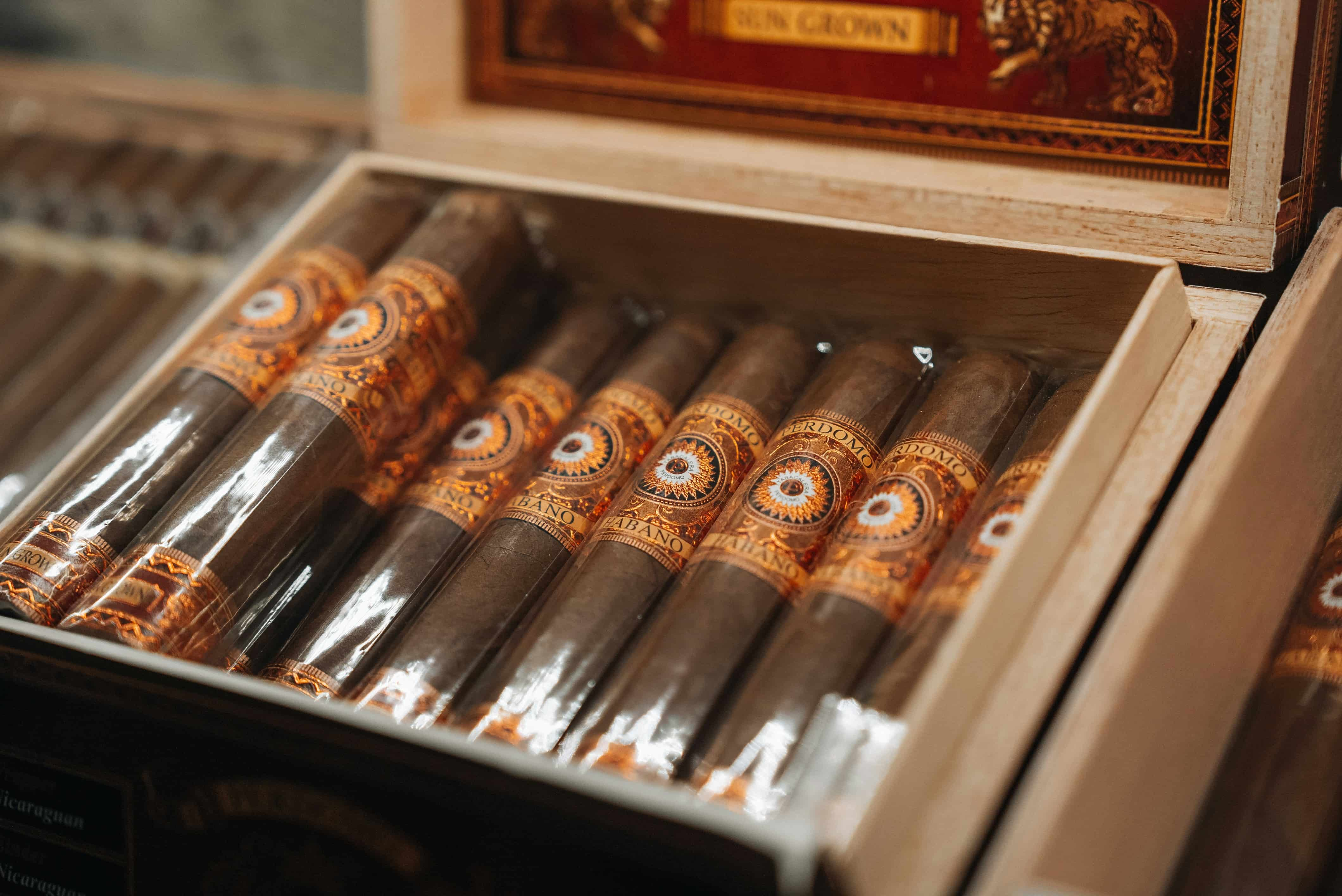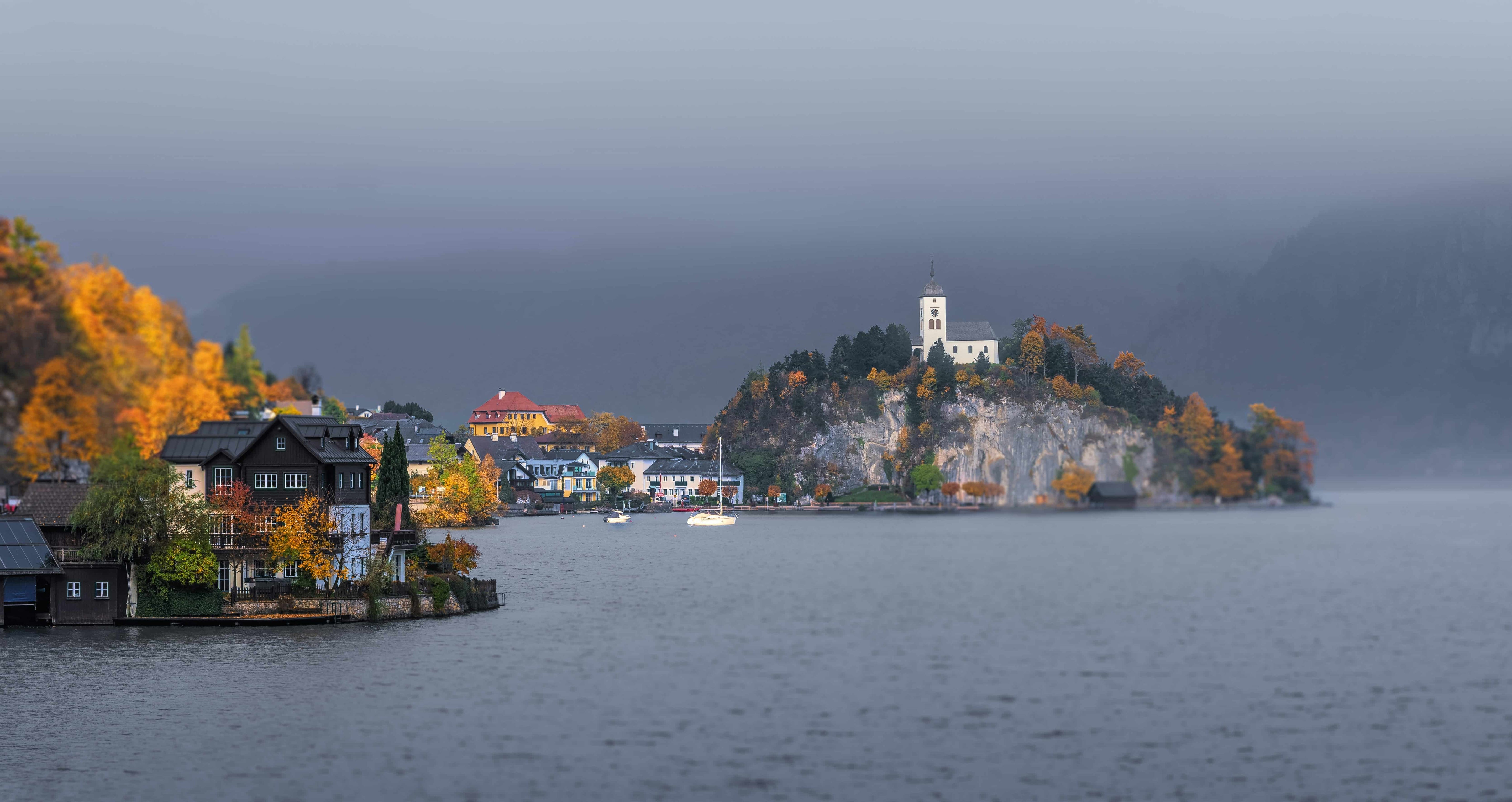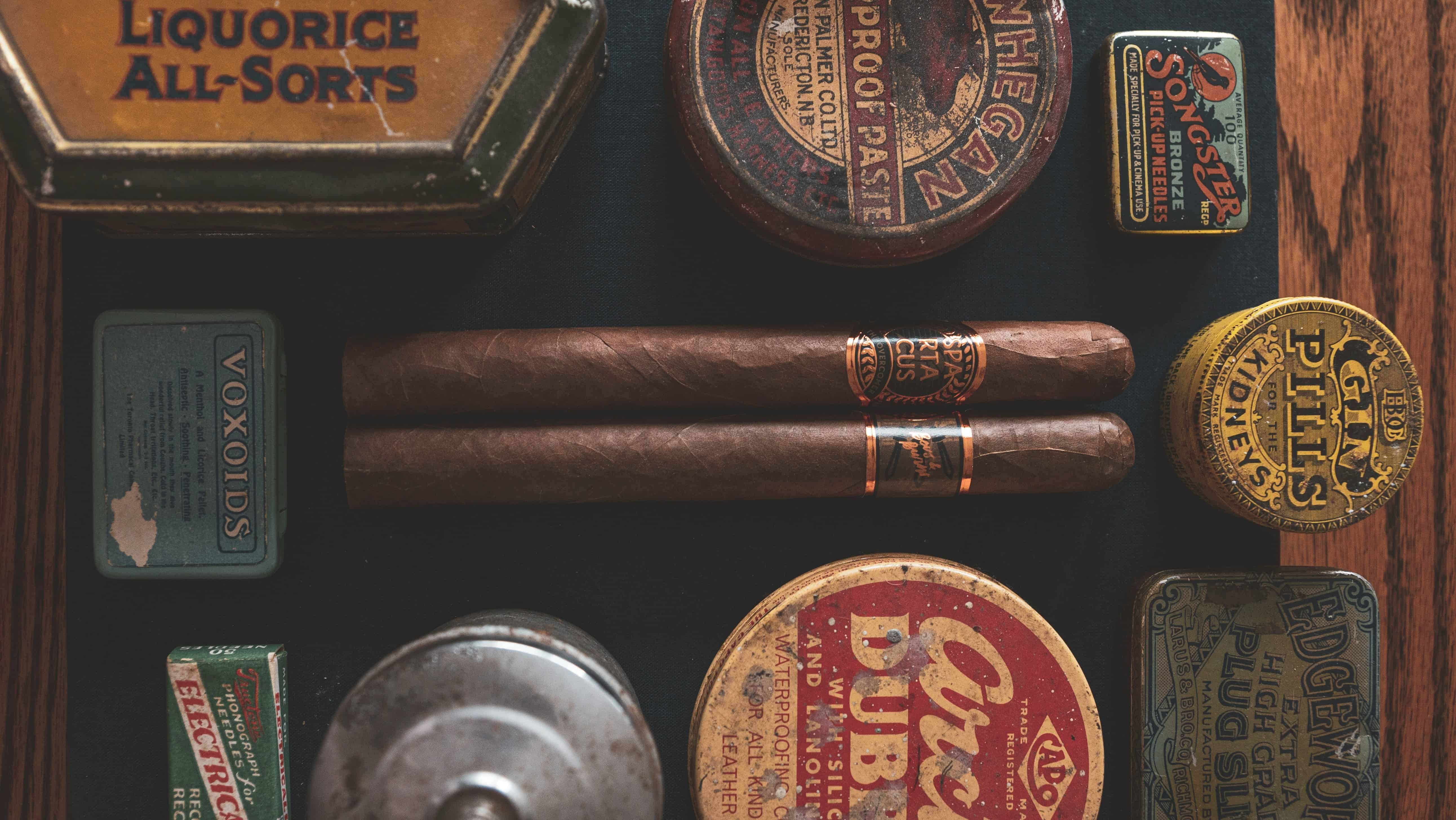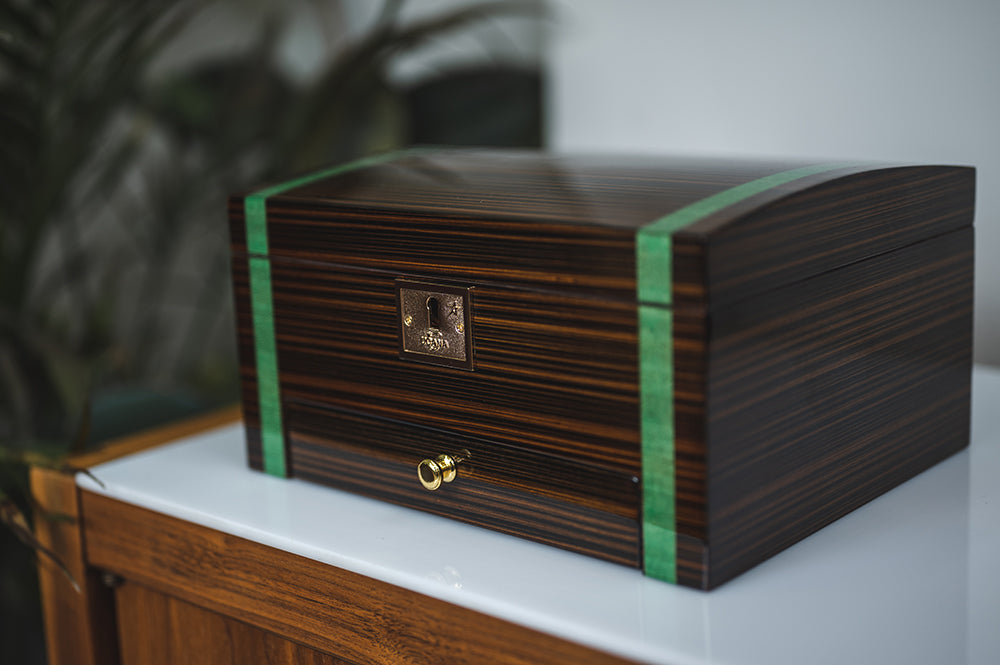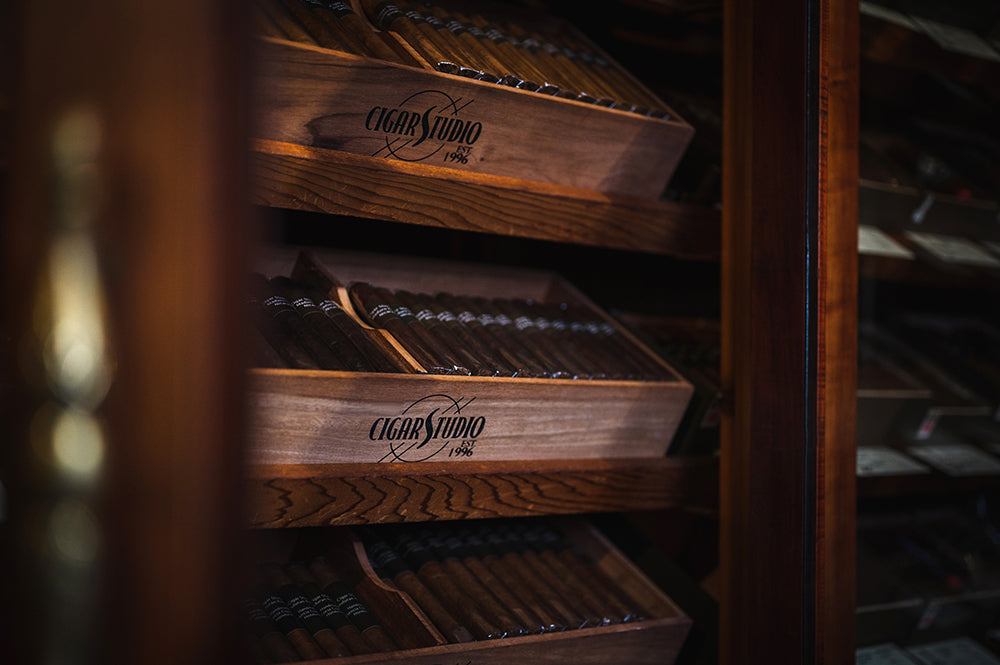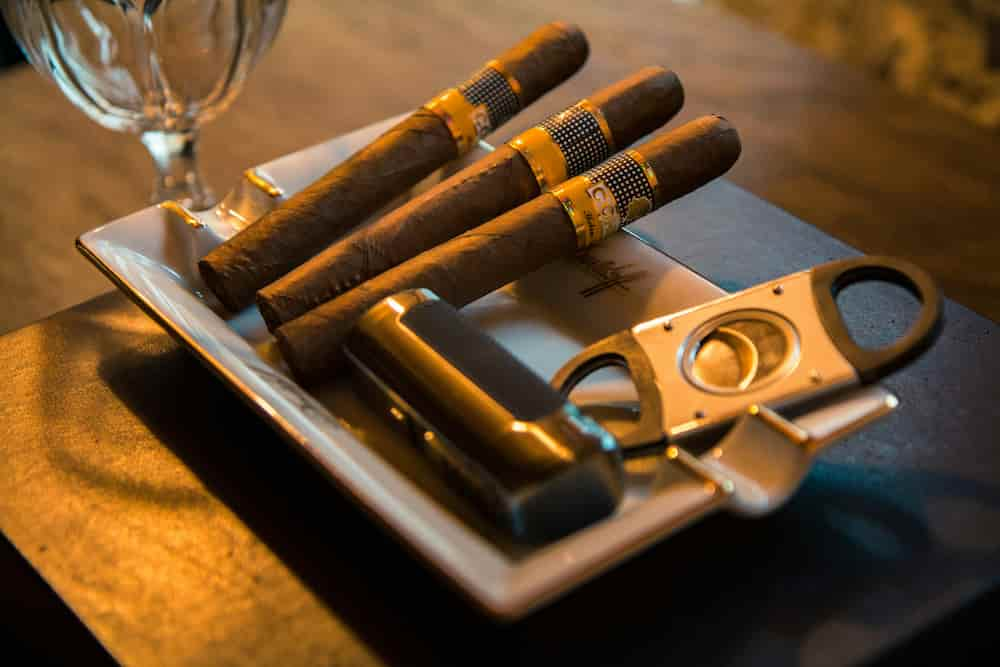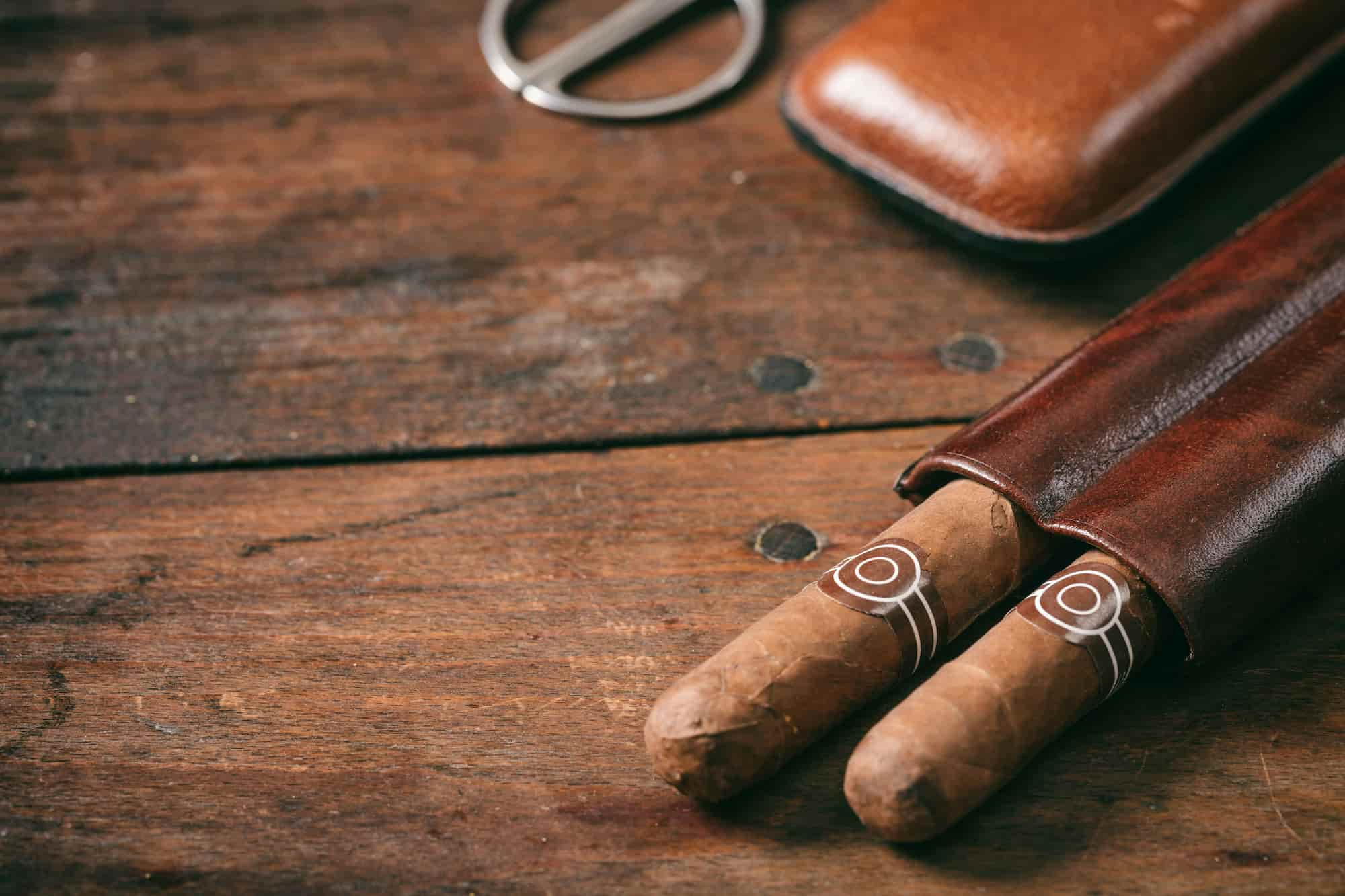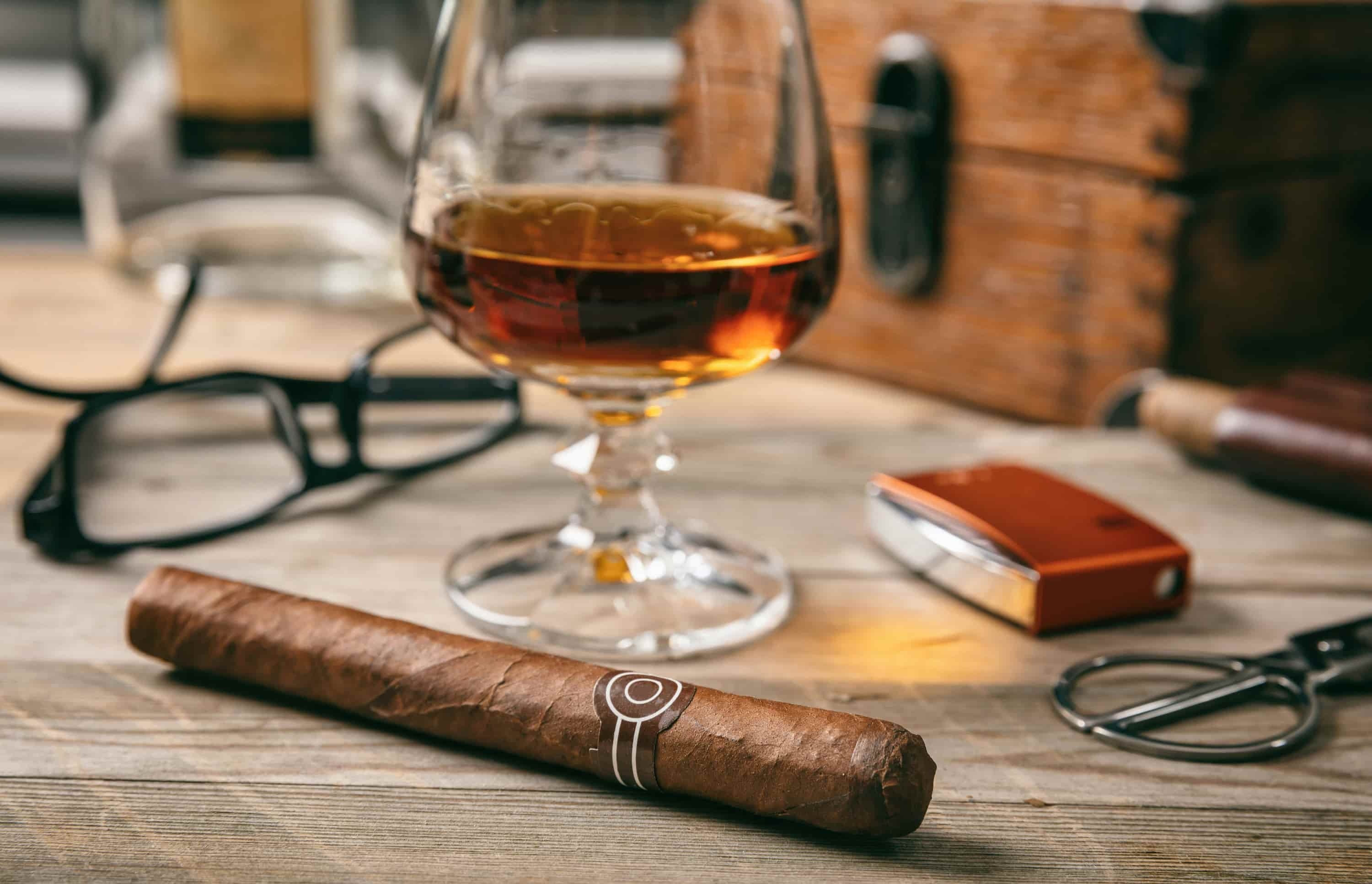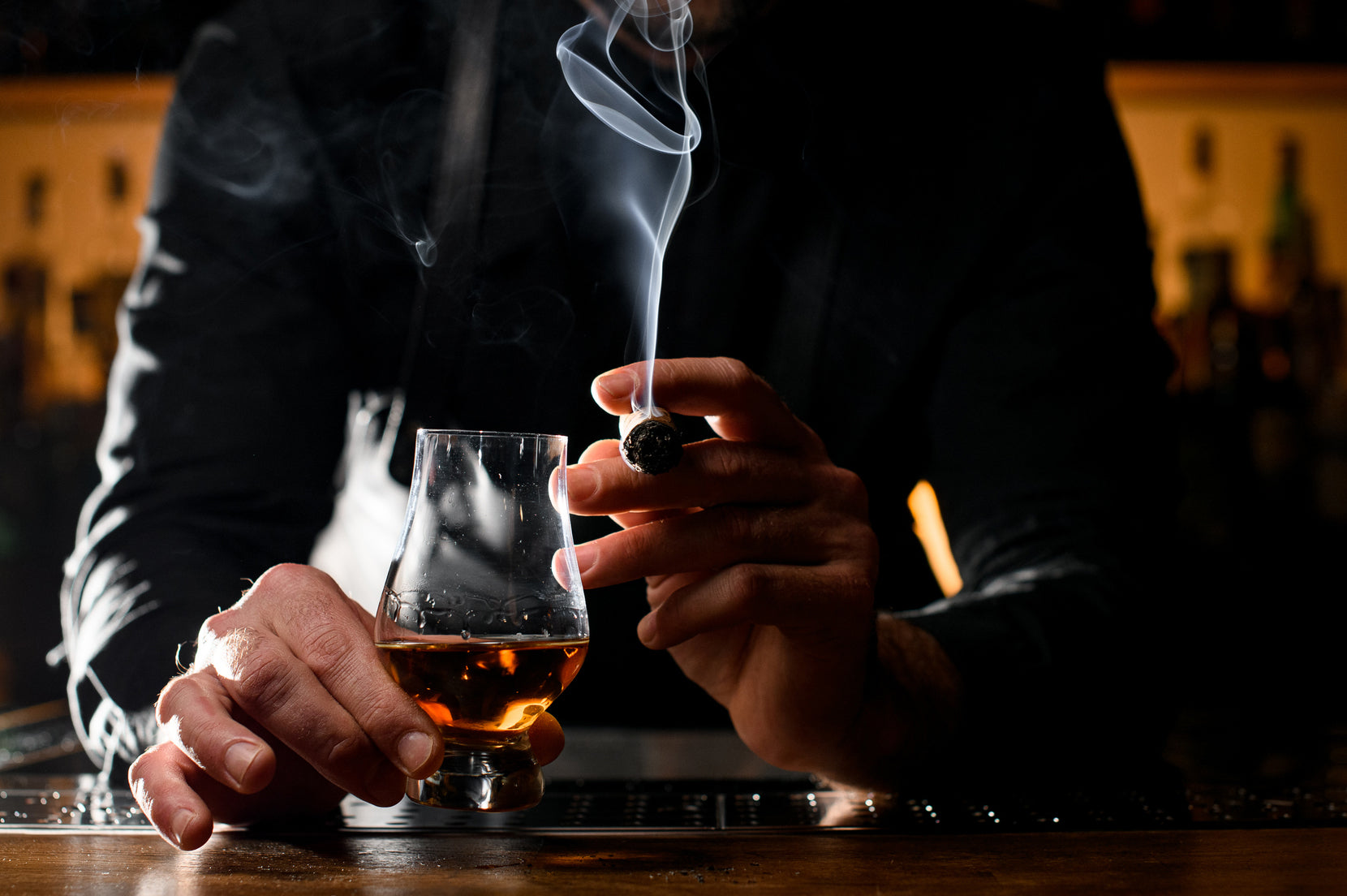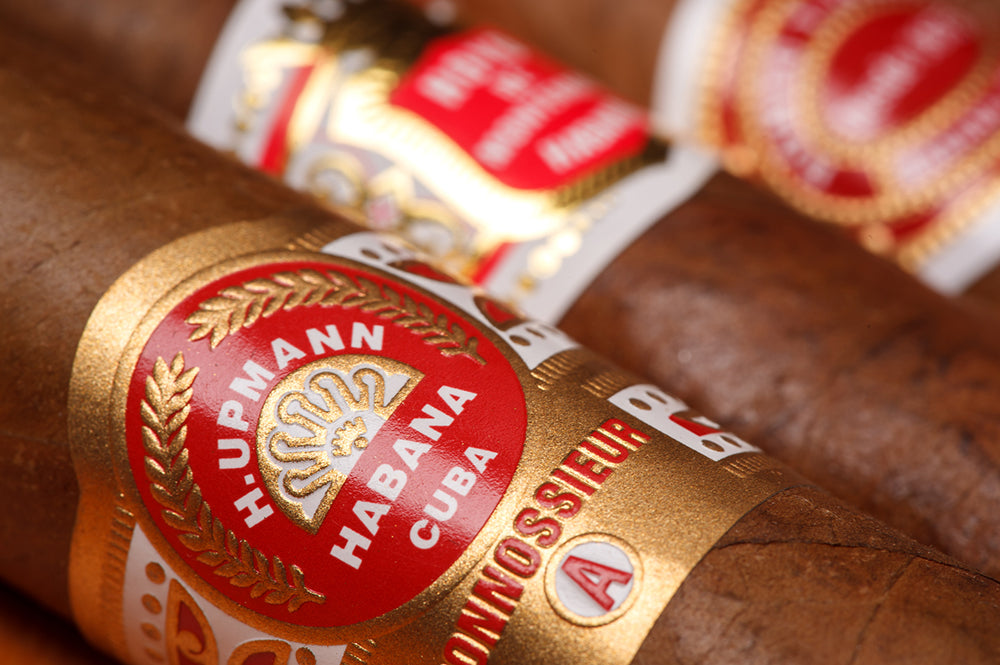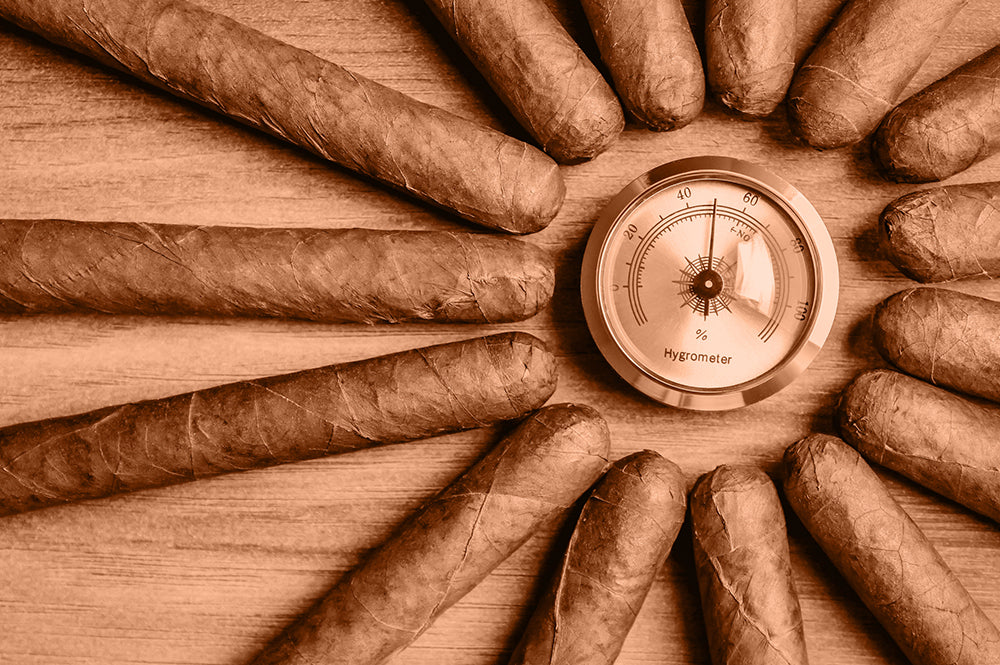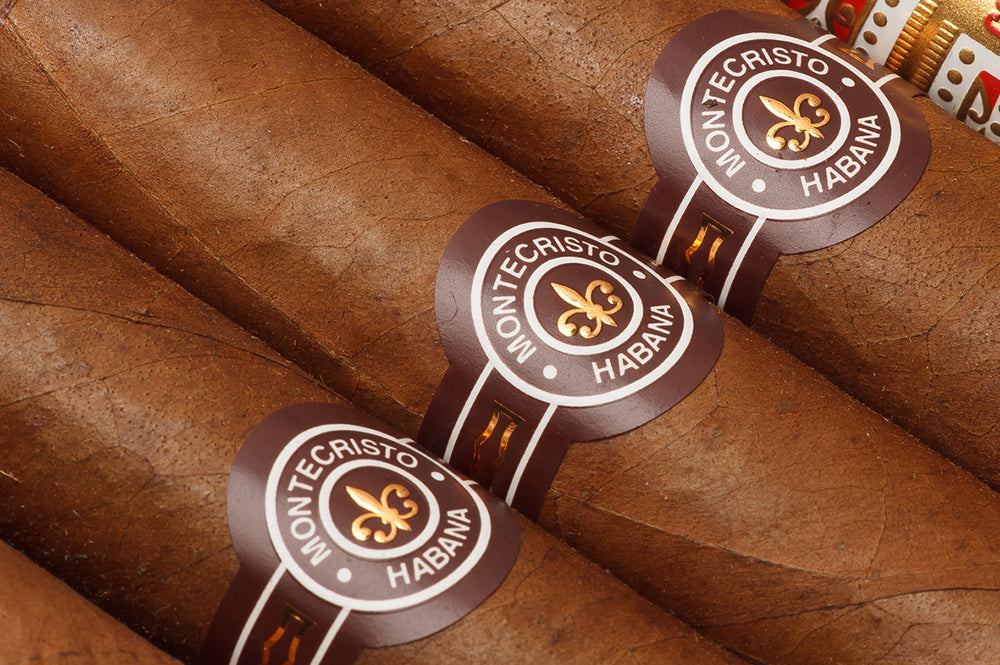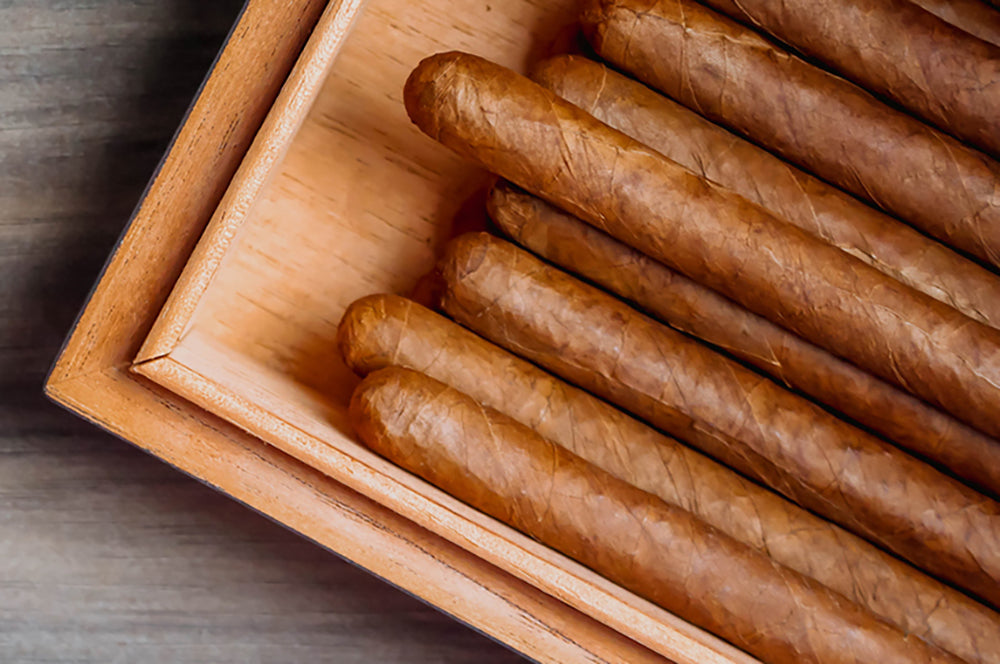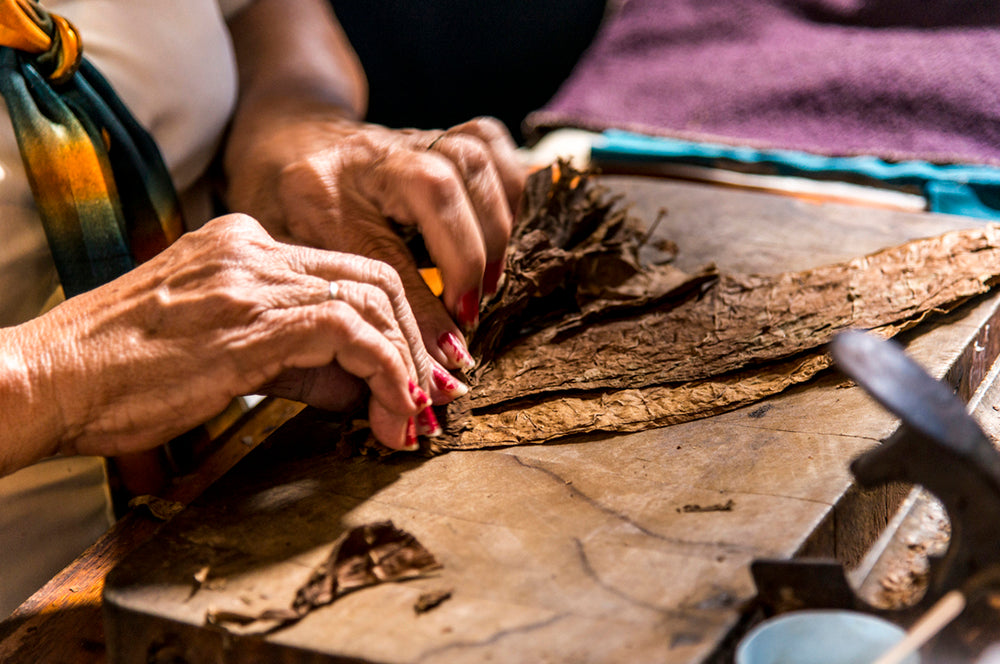
How Cigars Are Made - The Process from Leaf to Lounge
Cigars, those meticulously crafted rolls of tobacco, have long been symbols of leisure and luxury. Steeped in tradition and enjoyed by enthusiasts across the world, each cigar is a testament to the art of tobacco craftsmanship. From the careful selection of leaves to the final wrap, the cigar-making process is rich in history and complexity. In this blog post, we will explore the fascinating journey of how cigars are made, uncovering each step in the detailed process from the tobacco fields to the finished product. Whether you're a seasoned aficionado or new to the world of cigars, understanding how cigars are crafted can greatly enhance your smoking experience.
The Journey of a Cigar: From Seed to Smoke
Step 1: Cultivation of Tobacco
The first step in the making of a cigar is the cultivation of tobacco plants. The type of leaves used for cigars varies, with the most common being Nicotiana tabacum. The soil and climate of regions like Cuba, Nicaragua, and the Dominican Republic are ideal for growing different varieties of tobacco plants that ultimately define a cigar's flavor profile.
Step 2: Harvesting
Tobacco leaves are harvested either by hand or using machinery, depending on the size of the plantation. Leaves are picked at precise times during the growing cycle to ensure optimal maturity and flavor. The bottom leaves (volado) are usually harvested first, followed by the middle (seco), and finally the top leaves (ligero), which receive the most sunlight and have a robust flavor.
Step 3: Curing
After harvesting, the leaves undergo curing, a process that involves air-drying the leaves in a controlled environment. This step is crucial as it reduces the leaf's chlorophyll content and brings out natural sugars, influencing the color and taste of the leaf. Leaves are hung in curing barns where the humidity and temperature are carefully controlled.
Step 4: Fermentation
Fermentation is a critical step that further develops the tobacco's flavor. The cured leaves are moistened and stacked in bulks or piles. Heat builds up within the pile, fermenting the tobacco naturally. This process can take from a few weeks to several months, depending on the type of tobacco and the desired end flavor.
Step 5: Aging
Once fermentation is complete, tobacco leaves are aged. During aging, the flavors mellow, and the harshness of the tobacco diminishes. Aging can last from two years to several decades. The duration of aging significantly affects the quality and flavor profile of the final cigar.
Step 6: Sorting and Stripping
After aging, leaves are sorted based on their size, color, and intended use (wrapper, binder, or filler). The veins of the larger leaves are often removed in a process called stripping, making them more pliable and suitable for rolling.
Step 7: Rolling
Cigar rolling, or 'torcedores,' is traditionally done by hand, a skill that takes years to perfect. The roller selects a binder leaf, adds the filler leaves, and rolls them together before wrapping with the outermost leaf, or wrapper, which is chosen for its smoothness and aesthetic appeal. The rolled cigars are then cut to size.
Step 8: Quality Control
Each cigar undergoes rigorous quality control checks for weight, length, and firmness to ensure they meet specific standards. The draw of the cigar, which affects how the smoke moves through the cigar, is also tested.
Step 9: Aging the Cigar
Post-rolling, cigars are aged again. This second aging process allows the flavors of the different leaves to meld, enhancing the overall taste.
Step 10: Packaging
Finally, cigars are labeled and packaged, often in wooden boxes to preserve their condition, before being shipped to retailers.
How is a cigar made step by step?
As outlined above, cigars are made through a detailed process involving cultivation, harvesting, curing, fermentation, aging, sorting, rolling, quality control, and packaging.
How were cigars made historically?
Historically, the basic principles of cigar-making haven't changed much, though methods have evolved. Originally, all processes were done by hand, and while many premium cigars are still hand-rolled, technology now plays a role in certain stages like harvesting and curing.
How are cigars made today?
Today, cigars are made combining traditional techniques with modern advancements for efficiency and consistency, especially in large-scale productions. However, the essential artisanal process remains largely the same, especially for premium cigars.
In conclusion, the making of cigars is an art form that blends tradition with meticulous craftsmanship. Each cigar not only represents agricultural skill but also an expression of cultural heritage and personal indulgence. Whether you're a casual smoker or a connoisseur, understanding the effort behind each puff can deepen the appreciation for these crafted delights.

